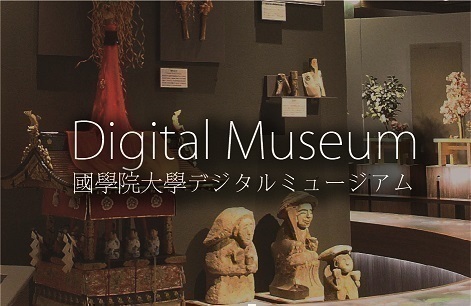- トップ
- Encyclopedia of Shinto
- Endōtsugan
Encyclopedia of Shinto
| Main Menu: | |
| Links: |
詳細表示 (Complete Article)
| カテゴリー1: | 9. Texts and Sources |
|---|---|
| カテゴリー2: | Other Basic Texts |
| Title | Endōtsugan |
| Text | (Masuho Zankō) A Shintō text developed for a popular audience which explains in easily understood terms and using examples taken from classical texts the notion that romantic love and longing (koi) forms an axis which runs through the whole of the Japanese national entity (kokutai) from the Age the Kami up until contemporary times. Written by Masuho Zankō. Six volumes (satsu) in five fascicles. Publication commenced in 1715. This work is counted among Zankō's "Eight Works" (Zankō hachibu sho). Zankō, a priest of the fuju fuse branch of Nichiren Buddhism, returned to lay life in his sixty-first year, calling himself Nisetsusai Zankō. This work is his first publication as a Shintō scholar. The work consists of the following parts: "Love in Shintō," "Love in Buddhism," "Love, Part One," "Love, Part Two," "Impermanent Love," and "Miscellaneous Love." It is said that, out of a desire to see the work circulate widely, Zankō went into confinement for seventeen days at the Kitano Tenman Shrine. As Zankō had hoped, the work brought him recognition, and it is said that the first edition of one thousand copies sold out, with further editions printed throughout the early modern period. In this work Zankō takes the perspective that men and women form the core social relationship, and that the Way and sincerity (makoto誠) originate in acts of harmony (wa) between the sexes, so that, without such harmony, notions of propriety and decorum such as those expounded by Confucius would be meaningless. In Japan this idea has continued unbroken as is evident in the stories of the Age of the Kami concerning Izanagi and Izanami and Susanoo's poem on the "Eight-fold clouds." Zankō argues that Japan is a country that has placed great value on romantic love as a term summarizing these various types of conjugal harmony. Heartfelt emotions that can even result in the legitimization of the death of the lovers involved, according to Zankō, tended to be suppressed by foreign belief systems such as Confucianism and Buddhism, and as a result the emotions between husband and wife have become disordered, and the fundamental wa (harmony) of society has become obstructed. He thus argues that people should revive the fundamental Way of the Age of the Kami (Jindai no michi). Zankō's method of combining refined gentility (fūryū) as an approach toward transmitting Shinto teachings with his trademark street corner sermon-like rhetoric was first established with this work. Myths and Shinto legends presented in this work and in Zankō's oral sermons spread beyond the ranks of the Shinto clergy (shinshoku) and intellectuals, and generated interest in the notion of "Shinto" among the general public. The work is also recognized as having been influential to kokugaku scholars such as Motoori Norinaga as they characterized the relationships between literary theory and Shinto. This work is included in Kinsei shikidō ron which is contained in Nihon shisō taikei series (Iwanami Shoten, 1976), and in Ronsetsu-hen: Masuho Zankō of Shintō taikei series. See also "Shintōkōshaku" (Shintō sermons). — Mori Mizue |




